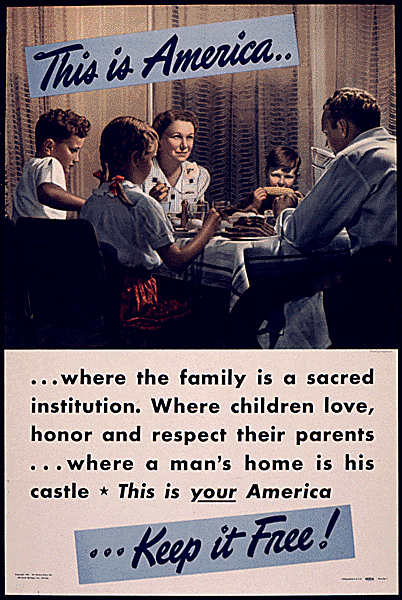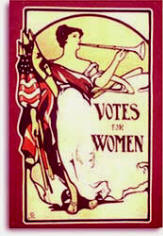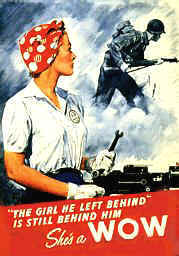|
|
|
|
|
|
The Public/Private Dichotomy in American Society |

|
Required Readings:
Movie: 12 Angry Men |
|
|
|
First-Wave Feminism: A Struggle for Admission to the Public Sphere |

|
 |

Patriot Radio, Norman Bel Geddes, 1940 |
Movie: Rosie the Riveter
Questions for reading and discussion:
Which resolution caused the most controversy at the Seneca Falls Convention of 1848?
Describe the relationship between the woman suffrage movement and the temperance movement.
Describe the relationship between the Eighteenth and Nineteenth Amendments.
Describe the role of race in the ratification of the Nineteenth Amendment.
Describe some of the arguments people have used to discount the value of "women's work."
When was the Equal Rights Amendment first proposed?
How did the Great Depression, the New Deal, and World War Two change American ideas about the purpose of government?
How was women's participation in the paid labor force described during World War Two? How did attitudes change after the war?
Connect women's experience during World War Two with the development of women's liberation movement of the 1960's and 1970's.
|
Second-Wave Feminism: A Struggle for Personal Liberation |
 |
|
|
||
|
|
|
|
Home
The
Supreme Court Page
Documenting Difference
|
The Globalization of Intimacy
|
|
|